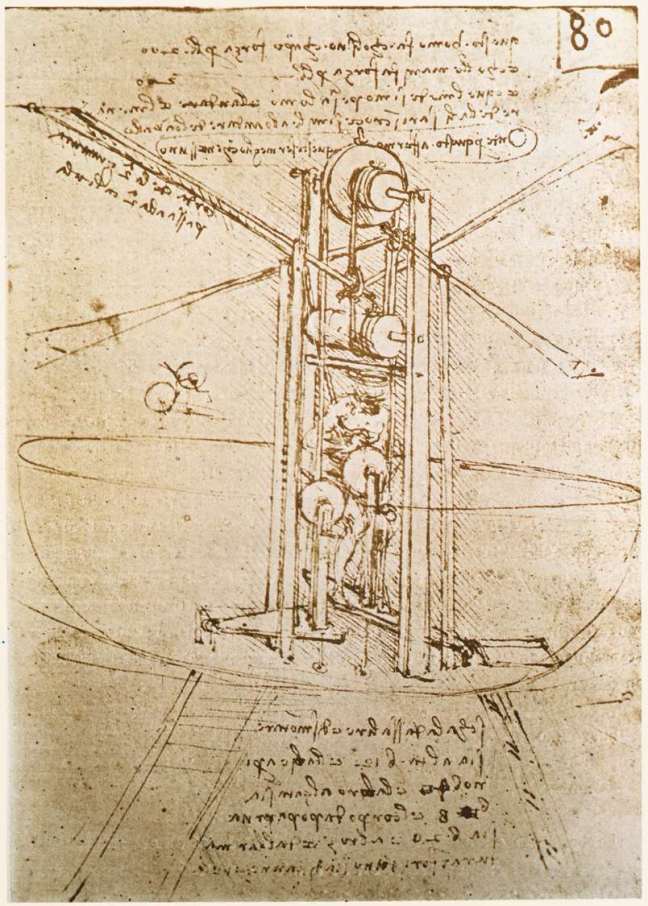This is part of a series: Testing Evolution
- Previous: Testing Evolution – Why I Did It
- Next: Testing Evolution – How I Did It
This post is mainly written for anyone who wants to duplicate my results. I’ll try to make it accessible to non-geeks, but there are a lot of technical details.
Summary:
- I used an evolution simulator to test evolution because that was the easiest way to do it with my skill set
- My big insight: mutation and natural selection are, for lack of a better term, platform-independent
- I clarify what exactly mutation and natural selection are, and why I can do the same process to self-copying programs
- I give examples of other evolutionary algorithms, to give an idea of what most of their authors’ goals are and how they write them
- I list the main differences between my algorithm and most evolutionary algorithms
- They do artificial selection, while mine does natural selection
- They usually make their creatures a collection of settings or useful attributes, while I made mine actual programs written in a general-purpose programming language
- They mutate as few things as practical, while mine mutates the entire creature’s source code
- They reward small, but insignificant improvements, while mine only rewards changes that significantly improve a creature’s ability to spread its genes
- They put the creature copier in the simulator, while I put it in each creature
I wanted to test Atheism by testing evolution, but I needed to decide how.



